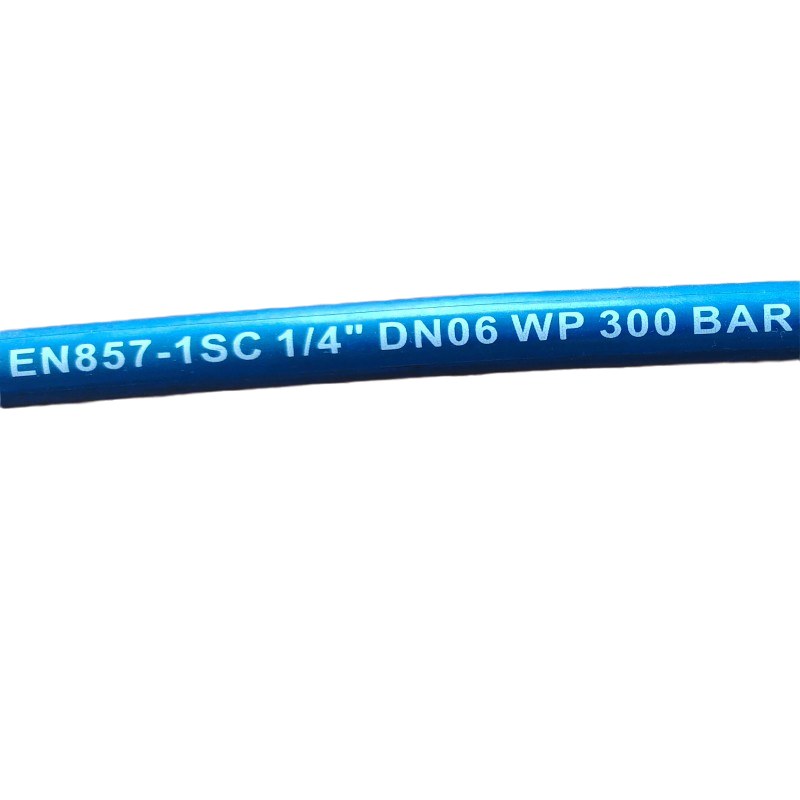335345435
nov . 05, 2024 01:01 Back to list
hydraulic unions
Understanding Hydraulic Unions Essential Components of Hydraulic Systems
Hydraulic systems are integral to a wide range of applications across multiple industries. They operate on the principle of Pascal's law, where pressure applied to a confined fluid is transmitted undiminished in all directions. One of the vital components that ensures the efficient and secure operation of hydraulic systems is hydraulic unions.
What are Hydraulic Unions?
Hydraulic unions are fittings used to connect two sections of pipe or hose in a hydraulic system. They allow for the easy assembly and disassembly of these connections, facilitating repairs, replacements, or component upgrades without the need to cut or replace entire sections of piping. Typically, hydraulic unions come in various shapes and sizes, and they can accommodate different fluid flow requirements based on the system's specific needs.
Types of Hydraulic Unions
There are several types of hydraulic unions, each designed for specific applications
1. Straight Unions These are used for connecting two pieces of tubing or pipe in a straight line. They are straightforward to install and are commonly used in many hydraulic applications.
2. Elbow Unions These unions allow for the change of direction in the piping system, typically at a 90-degree angle. They are essential in designs where space constraints prevent a straight connection.
3. Reducing Unions Sometimes the fluid flow requirements change, necessitating a reduction in pipe diameter. Reducing unions facilitate this transition seamlessly.
hydraulic unions

4. Swivel Unions These are designed to allow flexible movement between the connected pipes or hoses. They are particularly useful in applications where there may be frequent movement or vibration, as they prevent strain on the connections.
The Importance of Hydraulic Unions
Hydraulic unions play a crucial role in the overall functionality and reliability of hydraulic systems. The connections made by unions must be tight and leak-proof, as any loss of hydraulic fluid could lead to decreased system efficiency, increased wear on components, and even catastrophic failures.
1. Ease of Maintenance By using hydraulic unions, technicians can quickly disconnect and reconnect components for maintenance or replacement. This accessibility reduces downtime and ensures that hydraulic systems can be serviced efficiently.
2. Versatility With various types of unions available, hydraulic systems can be customized to meet specific requirements. This versatility in design allows engineers to create systems that optimize performance for diverse applications, from manufacturing equipment to heavy machinery.
3. Safety Hydraulic unions are made from robust materials designed to withstand high-pressure environments, ensuring the safety of personnel and equipment. Failing to utilize quality unions can lead to high-pressure leaks, which can be hazardous and costly.
Conclusion
Hydraulic unions, though often overlooked, are indispensable components within hydraulic systems. Their ability to connect various components securely and efficiently contributes significantly to the performance and reliability of hydraulic applications. As industries continue to rely on hydraulic systems for efficient operation, understanding the role and function of hydraulic unions becomes increasingly relevant. Whether in manufacturing, construction, or any sector utilizing hydraulic technology, recognizing the importance of these components is essential for maintaining optimal performance and safety within hydraulic systems. As technology evolves, innovations in hydraulic unions will continue to enhance their functionality, promising even greater efficiency in future applications.
-
High-Quality Distribution PTFE Hose for Industrial Flexibility
NewsJul.23,2025
-
Durable Pressure Washer Rubber Hose for Hot Water & High Flexibility
NewsJul.22,2025
-
Twin Hydraulic Hose for Efficient Fluid Transfer | Durable & Flexible
NewsJul.22,2025
-
Twin Hydraulic Hose | High Pressure & Durable
NewsJul.21,2025
-
Discount Hydraulic Hose Factories | Top Quality & Discounts
NewsJul.20,2025
-
EN856 4SP Hydraulic Hose - High Pressure & Durable
NewsJul.20,2025



